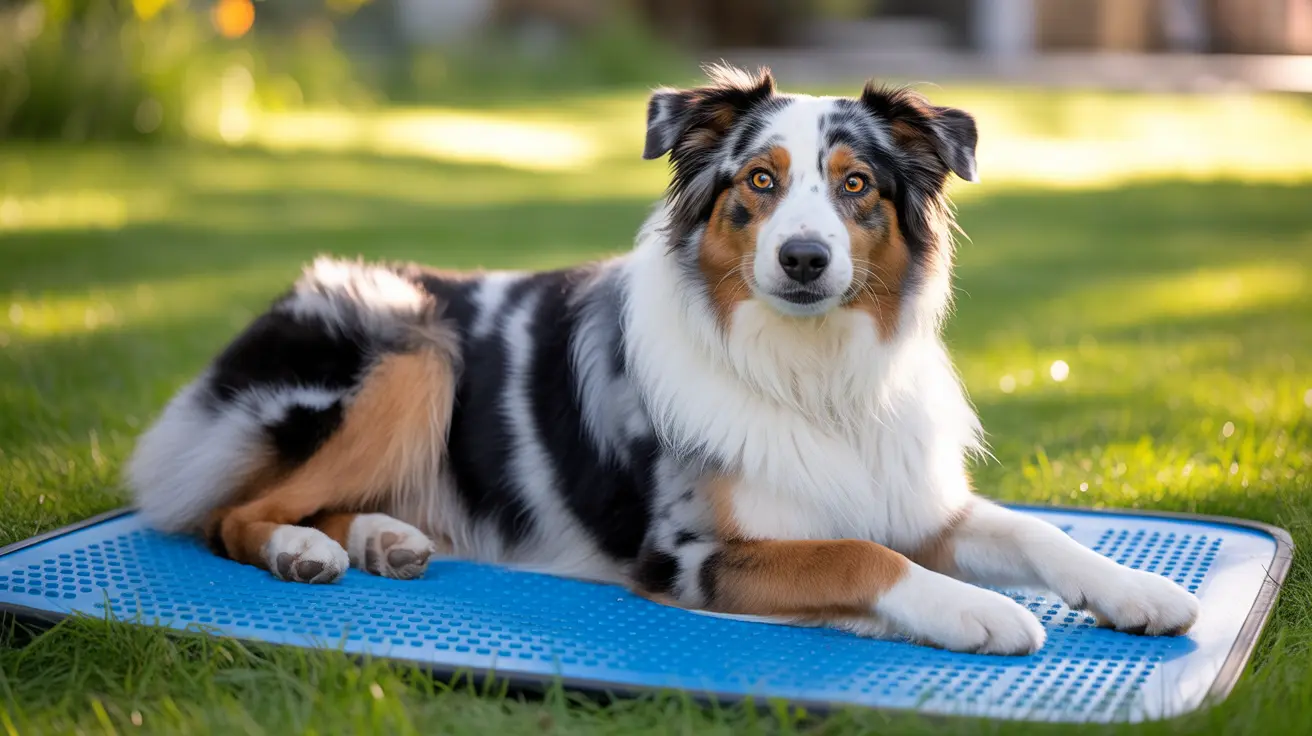Do Dogs Like Blankets? Understanding Canine Comfort and Behavior
Dogs’ love for blankets is more than just a cute quirk—it’s rooted in both instinct and emotional needs. If you’ve ever watched your dog burrow under a throw or circle around their bedding before settling in, you’re witnessing behaviors that go far beyond simple comfort.
Why Do Dogs Seek Out Blankets?
From the time they’re puppies, dogs crave warmth and safety. In the wild (and even in the comfort of your home), these instincts drive them to seek out soft, cozy places to rest. Blankets offer:
- Warmth: Especially for dogs with thin coats, puppies, or older pets who struggle to regulate body temperature.
- Comfort: The softness of a blanket mimics the feeling of snuggling with littermates or their mother.
- Security: Familiar scents embedded in a blanket help dogs feel at home—even in new environments.
This attachment isn’t just about physical needs. Many dogs associate their favorite blanket with relaxation and safety, making it an emotional anchor during stressful times.
The Instinct to Nest
Your dog’s nesting behavior—digging at blankets or circling before lying down—has deep evolutionary roots. Wild ancestors dug shallow beds to create safe dens for rest or raising young. Modern dogs often replicate this by burrowing under covers or arranging blankets just so. Certain breeds like dachshunds and terriers are especially prone to these behaviors due to strong burrowing instincts.
Anxiety and Comfort Objects
Blankets aren’t just for napping—they can be vital tools for managing anxiety. The familiar scent and texture soothe nerves during thunderstorms, travel, vet visits, or any major change. For rescue or anxious dogs, a dedicated blanket becomes much like a child’s favorite stuffed animal: it provides reassurance when the world feels overwhelming.
- A blanket with your scent can help new puppies settle faster.
- During travel or boarding, bringing your dog’s own blanket eases transitions.
Differing Preferences: Covered vs. Uncovered
Not every dog wants to be covered up. Some love being tucked in; others prefer lying on top of their blanket without anything over them. These preferences depend on factors like:
- Coat thickness (dogs with double coats may avoid extra warmth)
- Size and age (puppies and seniors often seek more warmth)
- The climate (hot weather may make blankets less appealing)
If your dog avoids blankets altogether, it might simply be too warm—or they may not have developed an attachment yet.
Picking the Right Blanket
- Material: Soft but durable fabrics like fleece or cotton are ideal. Avoid anything that frays easily or has loose threads—these can pose choking hazards for chewers.
- Size: Choose one big enough for your dog to stretch out but not so large it causes tangling.
- Durability: If your dog nests vigorously or chews lightly, opt for thicker materials or quilted designs that withstand wear-and-tear.
- Washability: Easy-to-clean blankets keep allergens down and help manage shedding fur—plus they stay fresh longer.
A good blanket isn’t just about luxury; it’s about supporting your dog’s health and happiness every day.
The Benefits of Blankets Beyond Home
A familiar blanket acts as a portable comfort zone when you travel with your dog—whether it’s a weekend trip or an extended stay somewhere new. The scent reminds them of home, helping them relax enough to sleep soundly even in unfamiliar surroundings.
Safety First: What Owners Should Watch For
- If your dog tends to overheat (especially those with thick coats), monitor their use of blankets during warmer months.
- Ditch any damaged blankets that could unravel into long threads—a potential hazard if ingested or wrapped around paws.
If you’re considering weighted blankets for anxiety relief, ensure they’re pet-specific and not too heavy for your companion’s size and strength.
Telltale Signs Your Dog Loves Their Blanket
- Sighing contentedly while snuggled up
- Burying their nose under the fabric
- Nudging or dragging the blanket into bed
You might also notice relaxed limbs, slow blinks, deep sleep—or even gentle pawing as they arrange their nest just right. These are all signs of comfort and attachment.
Cultivating Positive Blanket Habits
If you want your puppy (or newly adopted adult) to bond with a specific blanket, try transferring familiar smells—a worn T-shirt from you works wonders—or praise gentle interactions with the fabric. Over time, most dogs will come to see their blanket as an essential part of rest and relaxation routines.





